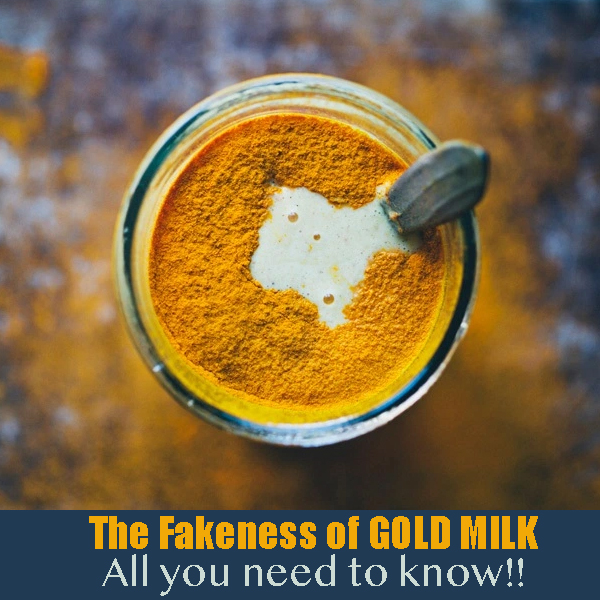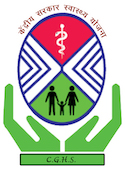Pranayama
Breathe Control (Pranayama)
Pranayama is another important path. Prana refers to the life force or energy that exists everywhere and is manifested in each of us through the breath. Ayama means “to stretch or extend.” Prana flows out from the body, and pranayama teaches us to maneuver and direct prana for optimal physical and mental benefit. After all, breathing is life. You can go for months without food, days without water, but only moments without breath. Breathing affects all our actions and our thoughts, too. Mastering your breath is an important step toward mastering the rest of yourself!
Pranayama thus connotes extension of breath and its control. This control is over all the functions of breathing, namely,
- Inhalation or inspiration, which is termed puraka (filling up)
- Exhalation or expiration, which is called rechaka (emptying the lungs)
- Retention or holding the breath, a state where there is no inhalation or exhalation, which is termed kumbhaka.
In Hatha Yoga texts kumbhaka is also used in a loose generic sense to include all the three respiratory processes of inhalation, exhalation and retention. A kumbha is a pitcher, water pot, jar or chalice. A water pot may be emptied of all air and filled completely with water, or it may be emptied of all water and filled completely with air, Similarly, there are two states of kumbhaka namely (1) when breathing is suspended after full inhalation (the lungs being completely filled with life giving air), and (2) when breathing is suspended after full exhalation (the lungs being emptied of all noxious air). The first of these states, where breath is held after a full inhalation, but before exhalation begins, is known as antara kumbhaka. The second, where breath is held after a full exhalation, but before inhalation begins is known as Bahya kumbhaka. Antara neans inner or interior, while bahya means outer or exterior. Thus, kumbhaka is the interval or intermediate time between full inhalation and exhalation (antara kumbhaka) or between full exhalation and inhalation (Bahya kumbhaka). In both these types breathing is suspended and restrained.
This helps in the condition like Asthma.
Pranayama is thus the science of breath. It is the hub round which the wheel of life revolves. ‘As lions, elephants and tigers are tamed very slowly and cautiously, so should prana be brought under control very slowly in gradation measured according to one’s capacity and physical limitations. Otherwise it will kill the practitioner; warns the Harha Yoga Pradipika.
Prana in the body of the individual (jivatma) is part of the cosmic breath of the Universal Spirit (Pramatma). An attempt is made to harmonise the individual breath (panda-prana) with the cosmic breath (brahmanda-prana) through the practice of Pranayama.














